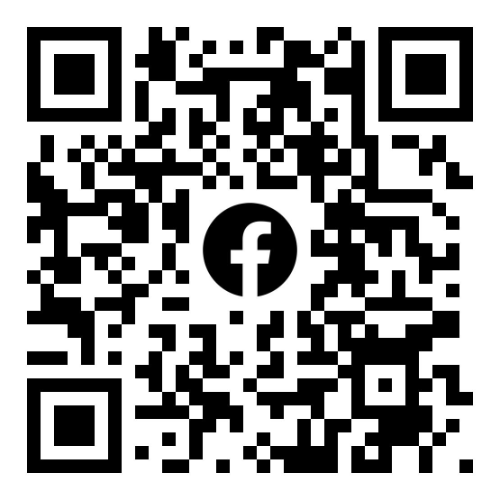How Much Data Do I Need on a Trip to the US?

It's hard to get the right data plan for trips in the US. A lot of people buy too much or not enough. About 5GB is enough for general use, like maps, social media, and some web browsing, if you're only there for a week. It will cost more for longer trips or heavy streaming. The price goes up fast, especially if you only use mobile in other countries. This guide tells you how much data different things use, what your connection choices are, and how to avoid getting charged extra for things you didn't expect.
What Affects Your Data Usage
You should know what makes you use data before you can figure out how much you'll need. How and how often you use your phone makes a big difference. Some tourists use 2GB in one day, while others use less than 5GB for a two-week trip. There is a big gap because of these five things.
Trip Length
In simple terms, trips that last longer need more info. A weekend trip to San Francisco might need 1 to 2 GB, but a car trip that lasts three weeks might need 15 GB or more.
Your Phone Habits
Think about how you normally use your phone:
- Light users mainly stick to Wi-Fi, occasionally checking maps, sending messages, or looking up information when out.
- Regular users navigate with Google Maps daily, scroll through Instagram or Facebook (without watching many videos), check emails, and maybe stream some music.
- Heavy users watch YouTube videos, post Instagram stories, make FaceTime calls, play online games, or use their phone as their main internet connection.
Your normal habits at home are usually what you'll do while traveling.
Wi-Fi Access
There is free Wi-Fi in a lot of hotels in the US, but the service varies a lot. Going to work from a coffee shop? There is good Wi-Fi in most cafés, but not all of them. You'll need more cell data if your Wi-Fi isn't very stable.
Apps You Use
Some apps eat data much faster than others:
- Data hogs: Video apps (Netflix, YouTube, TikTok), video calls, and photo backups to iCloud or Google Photos
- Moderate users: Music streaming, GPS navigation, Instagram browsing
- Light users: WhatsApp messages, checking email, reading news
One hour of Netflix uses about 25 times more data than an hour of Google Maps navigation.
Hotspot Sharing
If you're planning to use your phone as a hotspot for your laptop or to share with friends, multiply your estimate. A single Netflix show watched on a laptop through your phone hotspot can burn through 3GB in just a couple of hours.
How Much Data Common Activities Use
Do not forget to look at some real numbers. As a result, different apps use very different amounts of data. This is why some people use up 10GB in days while others only use 1GB for a week. This is what you can expect from everyday things:
Navigation & Basic Activities (5-100MB/hour)
Google Maps and other guidance apps like it use surprisingly little data—only 5 to 25 MB per hour. You probably won't use more than 200MB in a whole day of exploring the city. It is still one of the most data-friendly travel tools, but it does use more data if you are constantly viewing new places or using satellite view.
Texting and emailing use very little data—only 1 to 2 MB per hour—unless you send or receive pictures and other attachments. Web browsing is in the middle, at about 50 to 100 MB per hour. However, this can go up a lot on sites with lots of images or movies that play automatically.
Social Media & Music (50-600MB/hour)
How people use social media changes a lot based on the type of content they post. About 100 to 200 MB of data are used every hour when you browse feeds that are mostly text and pictures, like Twitter or Facebook. When movies are added, though, usage goes through the roof, rising to 300–600MB per hour. Because they preload movies all the time, platforms like TikTok and Instagram Reels use a lot of data.
Streaming music doesn't use a lot of data. Streaming services with standard quality, like Apple Music or Spotify, use between 50 and 100 MB per hour. With high-quality settings, this number goes up to 150 MB or more per hour. A normal one-hour playlist at standard quality takes up about the same amount of data as 30 minutes of Instagram viewing.
Video & Video Calls (200MB-7GB/hour)
Video is where data usage becomes serious. Video calls through services like FaceTime or WhatsApp consume 200-500MB per hour, depending on the quality and number of participants.
Streaming video from services like Netflix, YouTube, or Hulu is the most data-intensive common activity:
- Standard definition (480p): 500MB-1GB per hour
- High definition (720p/1080p): 2-3GB per hour
- Ultra-high definition (4K): 7GB+ per hour
In order to give you an idea, watching a two-hour HD movie might use up more data than using Google Maps for a week. Video streaming on YouTube for 30 minutes at high quality can use as much data as surfing the web for hours on end.
How to Calculate Your Personal Data Needs
Now for the practical part - figuring out exactly how much data you'll need. Here's a simple method that works for most travelers:
Step 1: List Your Daily Activities
Make a quick estimate of your daily phone use without Wi-Fi:
- How many hours will you navigate with Google Maps?
- How much time will you spend checking social media?
- Will you stream music while traveling?
- How much time will you spend browsing websites?
Be honest about your habits. Many travelers underestimate how much they'll use their phones, especially during downtime like waiting in lines or on public transportation.
Step 2: Convert Activities to Data
Use these simple conversions to estimate your daily usage:
- Each hour of navigation: 25MB
- Each hour on Instagram/Facebook: 150MB
- Each hour on TikTok/video-heavy platforms: 450MB
- Each hour of music streaming: 100MB
- Each hour of web browsing: 75MB
For example, 2 hours of Google Maps (50MB) plus 1 hour of Instagram (150MB) equals 200MB for the day.
Step 3: Calculate Your Total Trip Needs
Multiply your daily estimate by your trip length, then add a 50% buffer. This buffer is essential - it covers unexpected usage like:
- When hotel Wi-Fi is too slow or doesn't work
- Background app updates you forgot about
- Sharing your connection with travel companions
- Getting lost and needing extra navigation
For a 10-day trip using 200MB daily:
- 200MB × 10 days = 2,000MB (2GB)
- With 50% buffer: 3GB total
This simple three-step approach will give you a reliable estimate for choosing the right data plan. Most travelers find they need between 3-5GB for a week-long trip with moderate usage, but your needs may differ significantly based on your habits.
How to Choose the Right Data Plan
Once you've calculated your needs, it's time to select the right plan. US carriers offer several standard tiers, each designed for different types of travelers. The table below shows common options and who they work best for:
| Plan Size | Best For | What You Can Do | Risk Level |
|
Small (1-3GB) |
• Weekend trips • Heavy Wi-Fi users • Solo travelers |
• 80+ hours of maps • 12-15 hours social media • Minimal streaming |
High risk of running out |
|
Medium (5-10GB) |
• Week-long trips • Average users • Regular tourists |
• Daily navigation • Regular social media • Some music streaming |
Low risk for most travelers |
|
Large (15-30GB) |
• Two-week trips • Heavy users • Remote locations |
• Extensive navigation • Video-heavy social media • Occasional hotspot use |
Very low risk |
|
Unlimited (50GB+) |
• Extended stays • Families sharing • Digital nomads |
• Regular video streaming • Frequent hotspot use • Video calls |
No risk (speed may slow after 35-50GB) |
Most travelers find the medium tier offers the best balance of cost and coverage. This gives you enough data for daily activities plus a buffer for unexpected situations. If you'll be traveling to remote areas or sharing your connection with others, consider moving up one tier from your calculated needs.
Note: "Unlimited" plans in the US typically aren't truly unlimited at high speeds. They include a large high-speed data allowance (usually 35-50GB), after which speeds may be reduced during network congestion.
US Connection Methods: SIM, eSIM, Roaming & More
Now that you know how much data you need, let's look at the different ways to get connected in the US. Each option has distinct advantages depending on your priorities - convenience, cost, or flexibility.
| Connection Method | Convenience | Best For | Notable Providers | Key Considerations |
|
International Roaming (Using your home carrier) |
★★★★★ |
• Short trips • Business travelers • Those needing their home number |
Your current carrier |
• Most convenient but often costliest option • Usually $5-15 per day or high per-MB rates • Special travel packages may be available |
|
US Prepaid SIM |
★★★ |
• Longer stays • Budget travelers • Those needing a US number |
• T-Mobile • AT&T Prepaid • Mint Mobile • Visible |
• Best value for high data usage • Available at airports, carrier stores, Target, Walmart, Best Buy • Requires unlocked phone • Takes time to purchase and activate |
|
Travel eSIM (Digital SIM) |
★★★★ |
• Tech-savvy travelers • Those wanting to keep home number active • Pre-trip setup |
• Airalo • Holafly • Nomad • US Mobile |
• Can be purchased before leaving home • No physical SIM swap needed • Requires newer, eSIM-compatible phone • Often data-only (no US phone number) |
|
Portable WiFi Hotspot (MiFi device) |
★★ |
• Families/groups • Multiple device users • Business travelers |
• Skyroam • Travel WiFi • Your carrier's hotspot |
• Connect multiple devices simultaneously • Extra device to carry and charge • Rental fees plus data costs • Good for shared connections |
So, which option is best for you?
For short trips (1-5 days), international roaming from your home carrier is often worth the premium for convenience. Many carriers offer special travel packages that are much cheaper than their standard roaming rates.
For longer trips (1+ weeks), a local US SIM card typically offers the best value. Major carriers like T-Mobile and AT&T offer tourist-friendly prepaid plans, while budget options like Mint Mobile can save you even more if you're willing to activate online. if your primary need is purely internet connectivity and you don't require a US phone number, specialized data-only options like the Eiotclub USA Prepaid 4G SIM Cards are also available and might suit your needs.
If you have a newer phone (iPhone XS/XR or later, Samsung S20 or later),travel eSIMs offer an excellent middle ground. You can set everything up before your trip and keep your home number active for texts while using US data.
For families or groups sharing connectivity, a portable WiFi hotspot might be cost-effective despite the higher upfront cost, as everyone can connect their devices to a single data plan.
Six Easy Ways to Save Data While Traveling
Data plans vanish faster on vacation than at home—often at the worst possible moment. These practical tactics will stretch your gigabytes further while exploring the US:
1. Use Wi-Fi Whenever Possible
Before doing data-heavy jobs, connect to Wi-Fi in public places, coffee shops, restaurants, and hotels. Big US chains like McDonald's and Starbucks offer free Wi-Fi that can be used to make video calls, update apps, or back up pictures. If you remember to switch from cellular to Wi-Fi, you can save a lot of data every week.
2. Download Maps for Offline Navigation
You can save whole cities in Google Maps to use when you're not connected to the internet. This important travel tip lets your phone's GPS work perfectly without using any cellular data. This is especially helpful for exploring cities you've never been to before or taking road trips through places with spotty service.
3. Pre-Download Entertainment
Get ready for downtime by getting things while you're online. You can save Netflix shows, Spotify playlists, podcasts, and e-books locally, which means you don't have to watch them on cellular networks. Getting ready in just 30 minutes can save gigabytes during commutes or delays that were not planned.
4. Adjust Your App Settings
Turn off videos that play automatically in social apps and limit background updates for apps that aren't needed. Set up your backups and app changes so that they will only work on Wi-Fi networks. With these easy changes to your settings, you can cut your passive data use by up to 50% without losing any usefulness.
5. Lower Your Streaming Quality
If you have to stream, lowering the level settings greatly reduces the amount of data used. While HD video uses twice as much data, standard definition video only uses a quarter of that. Similarly, "normal" music quality on Spotify only uses a third of that of "high." On phone screens, the change is almost imperceptible, but it saves a lot of data.
6. Monitor Your Usage
Use the built-in data tracker or provider app on your phone to see how much data you're using. You can make better choices when you know which apps use the most data. Alerts should be set for 50% and 75% of your limit so that you don't go over or get throttled without warning.
Plan Your Data Strategy Before You Land!
Planning for your data needs may not seem as important as booking flights or hotels, but it can have a big effect on your budget and your experience. You can stay online while traveling in the US without any unexpected costs if you plan ahead and do things like figure out how much data you will likely use, choose the right plan size, decide whether to use roaming or a local SIM, and start saving data.


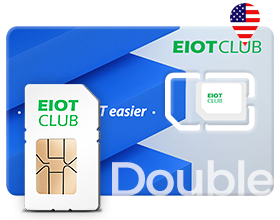
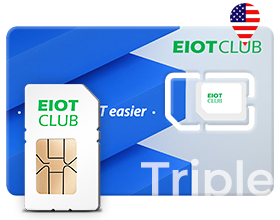
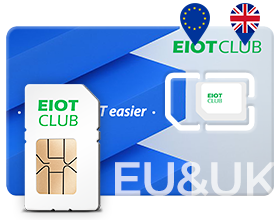
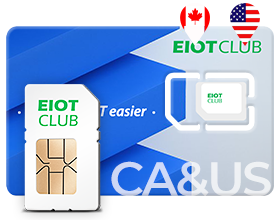
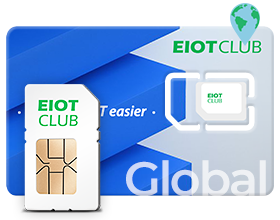
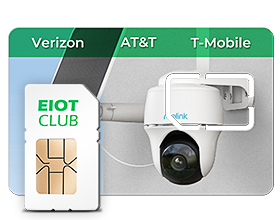
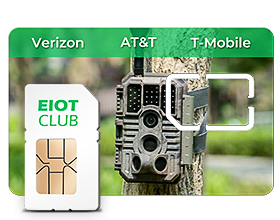
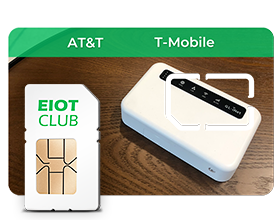
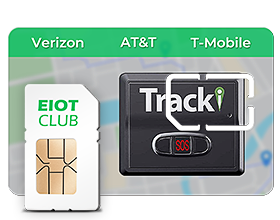


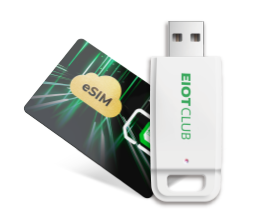


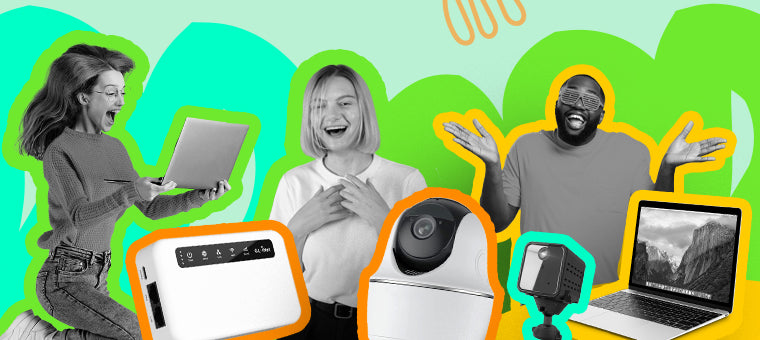



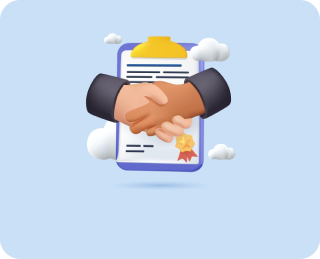


 AI Recorder
AI Recorder
 Refill
Refill






